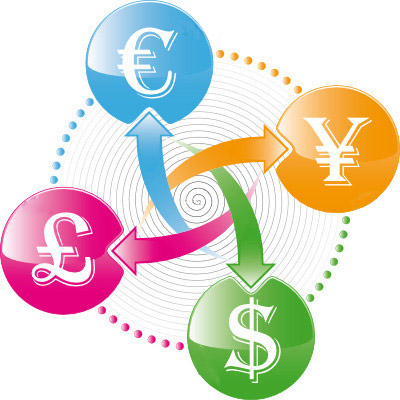
The currency market generally trades in tight ranges most of the time and occasionally breaks and experiences a well-defined range approximately 1/3 of the time. If you are a trend following trader, it is these periods that are important to you as finding a trend can be the difference between making or losing money during the course of a year.
There are a couple technical analysis tools that a trader can use to determine if the forex market is within a trend or whether a currency pair is range-bound. Markets trend approximately 33% of the time and the other 67% they are consolidating in a range. New information is usually the impetus that breaks a security out of a trading range, as investors who are caught on the wrong side are force to either sell their securities or buy back short positions. Once a security breaks out of a range, it moves in search of a new range and during this period the market trends.
The definition of a trend is the movement in one specific direction over a period of time that continues to perpetuate. Trends obviously move until they stop, and there are many techniques that you can use to identify a trend.
A trend following strategy is usually relatively simple but the risk management surrounding these strategies can be more complex. A simple moving average strategy, is one of the best types of strategies. A simple moving average is calculated by computing the average over the specific number of periods you are using. When you add a new period, you drop the first period and continue to calculate the average as you move through time. For example, if you calculate a 50-day moving average, on the 51st day you drop the first period from the average calculation.
An exponential moving averages has the benefit of reducing the lag that traders experience when evaluating a simple moving average. This occurs because there is a weight applied to the most recent prices used to calculate the exponential moving average. When calculating an exponential moving average you first calculate the simple moving average and then calculate a multiplier which is then used to calculate an exponential moving average.
One of the most widely used moving average strategies is the moving average crossover strategy. This strategy helps you determine if a trend is in place. For example, you could purchase an asset when the 5-day (approximately 1 week) moving average crosses above the 20-day (approximately 1 month) moving average. When the short term moving average crosses above the medium term moving average it tells you that a short term trend is in place. Conversely you could sell an asset when the 5-day moving average crosses below the 20-day moving average, as it tells you when a short term downtrend is in place.
Generally, the longer the time period, the more reliable the signal that determines the trend. So if you are looking for a long term trend, a 50-day moving average crossing above or below a 200-day moving average will produce fewer fake signals than a 5-day and 20-day moving average crossover. In addition, by using an exponential moving average as opposed to a simple moving average you are likely to catch a trend earlier in the process.
A moving average crossover strategy will give you an approximate idea of when the forex market is in a trend, but it will not pin-point the best time to enter a trade. You can add additional technical analysis tools to help you find the more efficient points to enter your trade once you have confirmed that a trade has started.





![Binance Review: How the Crypto Exchange Works [2024]](https://www.feedroll.com/wp-content/uploads/2024/03/binance-trading-100x100.png)



